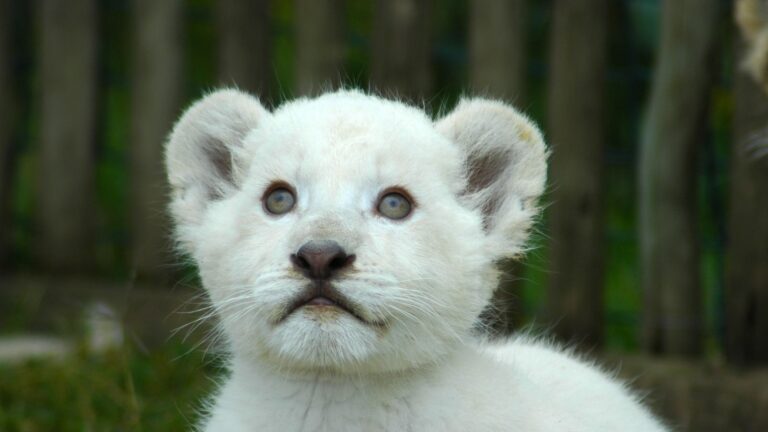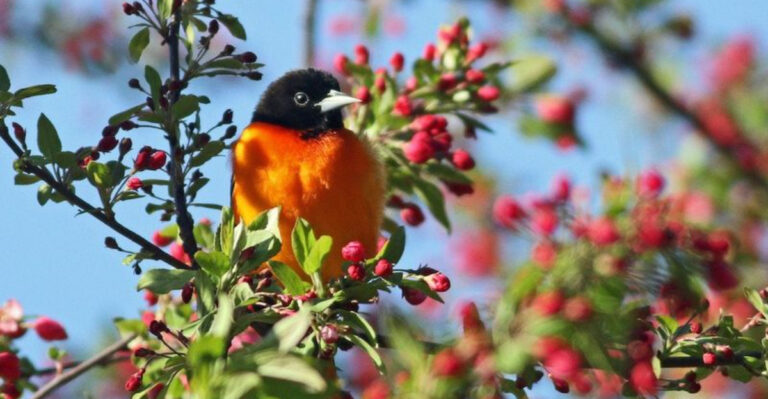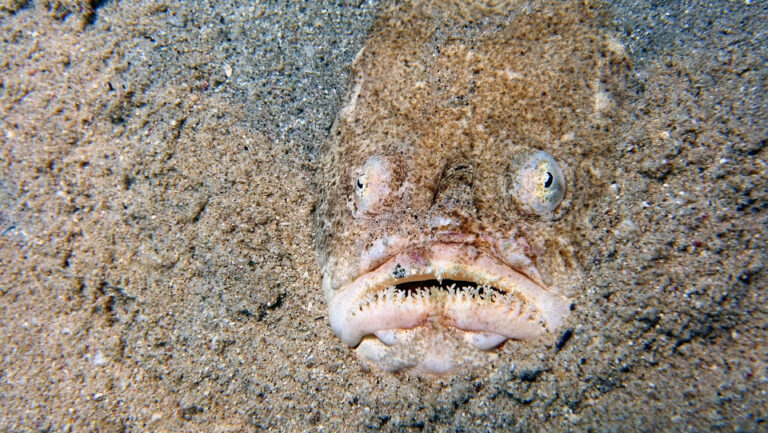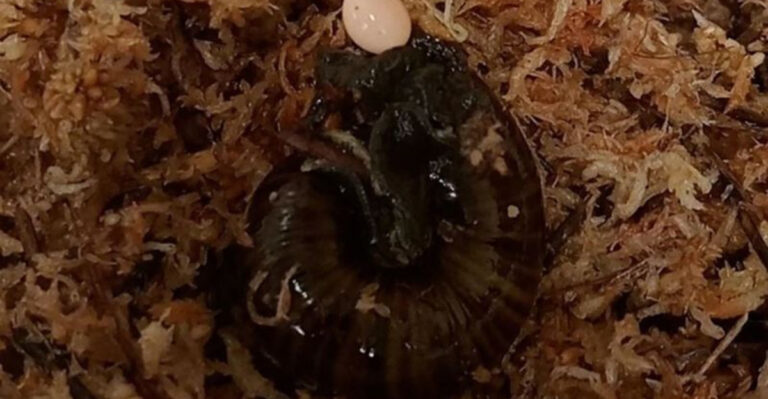17 Must-Know Woodpeckers For Bird Lovers
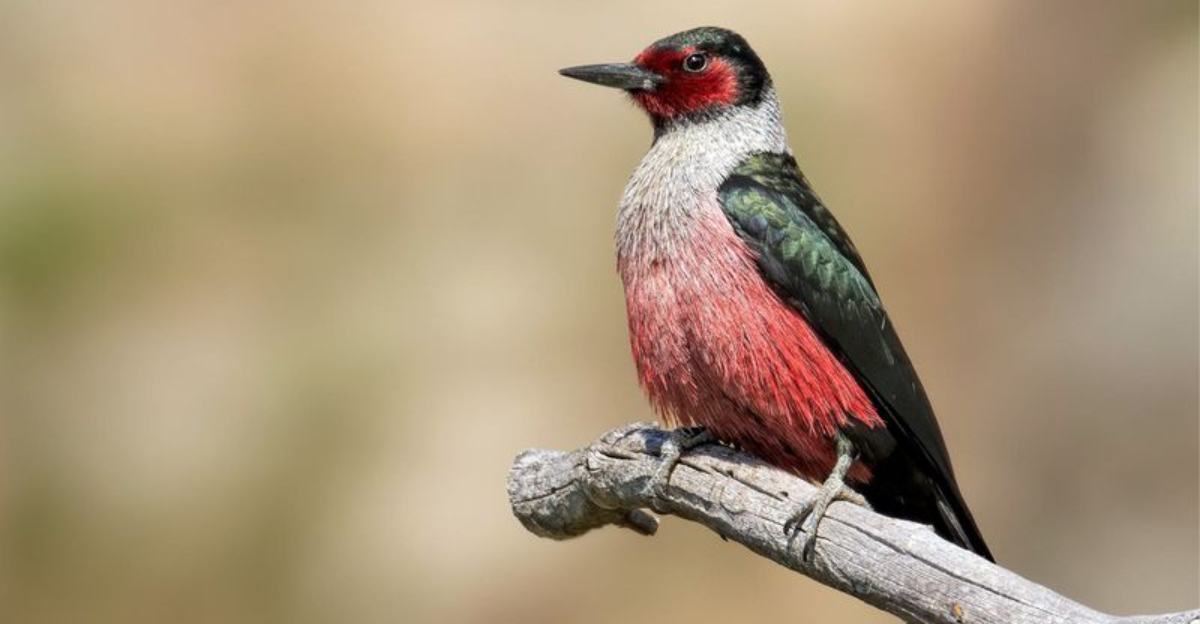
If you’ve ever heard rhythmic tapping in the woods, chances are a woodpecker was nearby making its mark – literally.
These bold, beautiful birds aren’t just easy to recognize by sound; they’re also full of personality and charm. From flashy feathers to impressive drumming skills, woodpeckers are a favorite among bird lovers for good reason.
Get ready to meet the must-know species that belong on every birder’s list!
1. Pileated Woodpecker
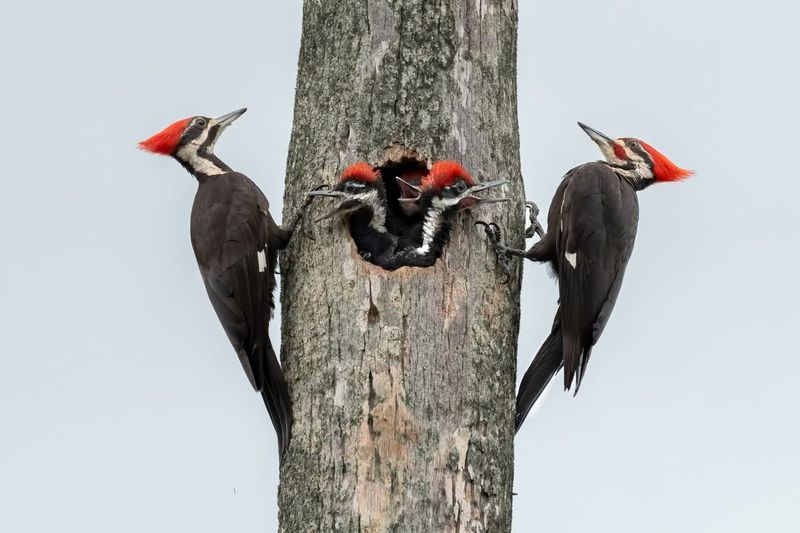
The Pileated Woodpecker, with its striking red crest and black body, is a sight to behold. Known for its loud calls, this bird can often be heard before it is seen.
It frequents mature forests, pecking away at trees in search of insects and grubs. Its drumming can be a delightful sound to encounter on a nature walk.
Keep an eye out for its large rectangular holes in trees, marking its presence.
2. Downy Woodpecker
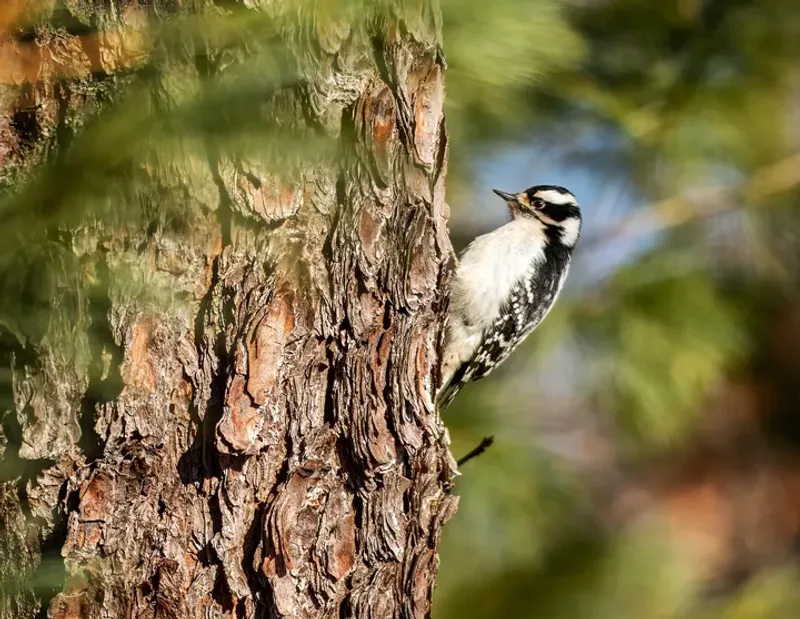
Tiny yet full of charm, the Downy Woodpecker is a frequent visitor to backyard feeders. Its black and white plumage makes it a standout among trees.
This petite bird is known for its short, sharp calls and agile movements. Often found in deciduous forests, it enjoys a varied diet of insects and seeds.
A delight to observe, it’s a favorite among bird watchers across North America.
3. Hairy Woodpecker
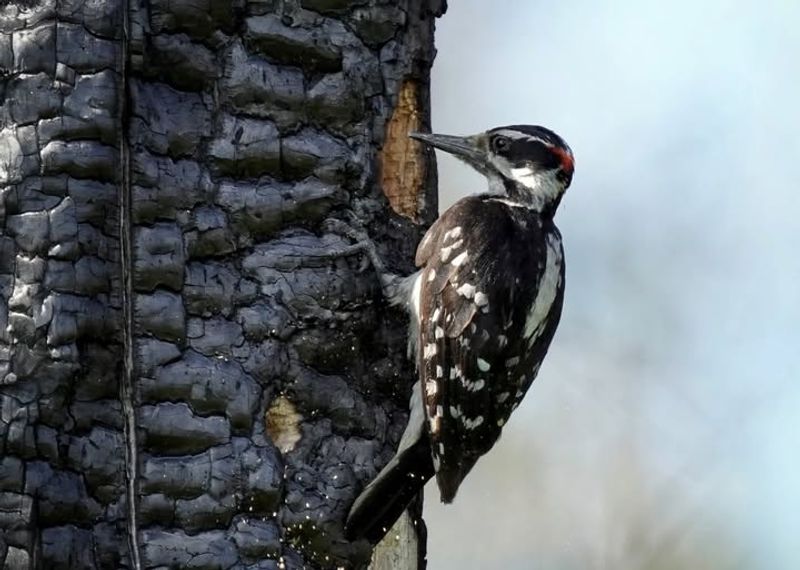
The Hairy Woodpecker, often confused with its Downy cousin, boasts a longer bill and larger body. Its distinctive drumming resonates through woodlands.
Preferring mature forests, it can be found foraging on tree trunks and branches, seeking insects beneath the bark. During winter, it stands out against the snowy backdrop, making it easier to spot for those braving the cold.
4. Northern Flicker
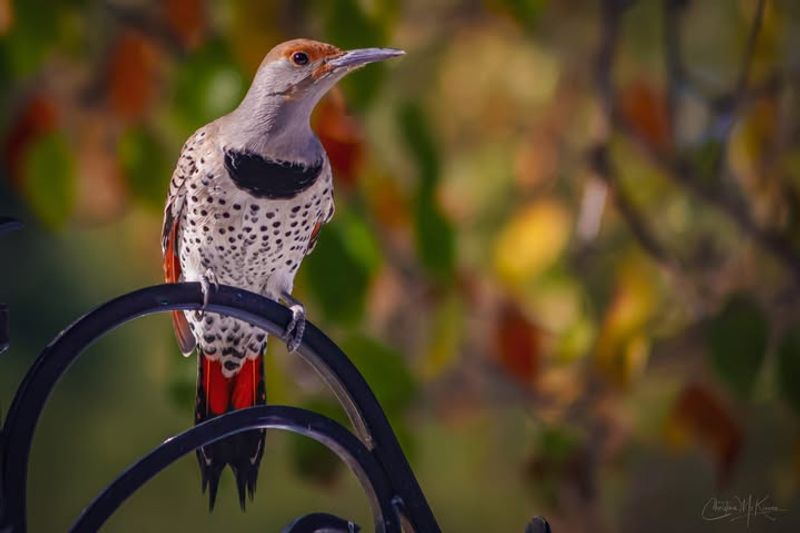
With a spotted belly and a flash of yellow or red in its wings, the Northern Flicker is hard to miss. Unlike other woodpeckers, it often feeds on the ground, hunting for ants and beetles.
Its loud, ringing call is a hallmark of open woodlands and gardens. When it takes flight, its white rump patch is a distinctive feature that catches the eye.
5. Red-Bellied Woodpecker
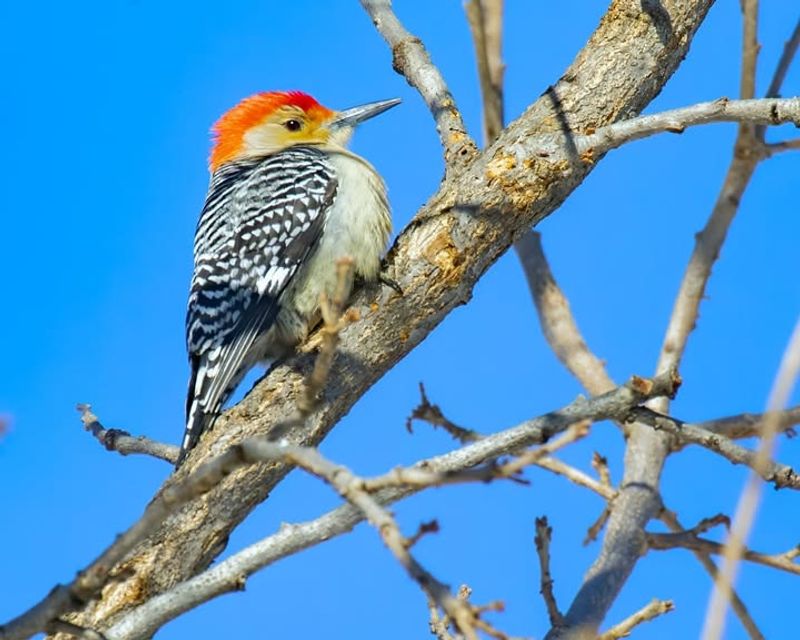
Despite its name, the Red-bellied Woodpecker’s most vivid feature is its red cap and nape. It thrives in both forests and suburbs, making it adaptable and widespread.
Its rolling call and zebra-like back pattern are unmistakable. With a taste for insects and fruits, it’s a year-round resident in many parts of the eastern United States, bringing cheer to winter landscapes.
6. Acorn Woodpecker
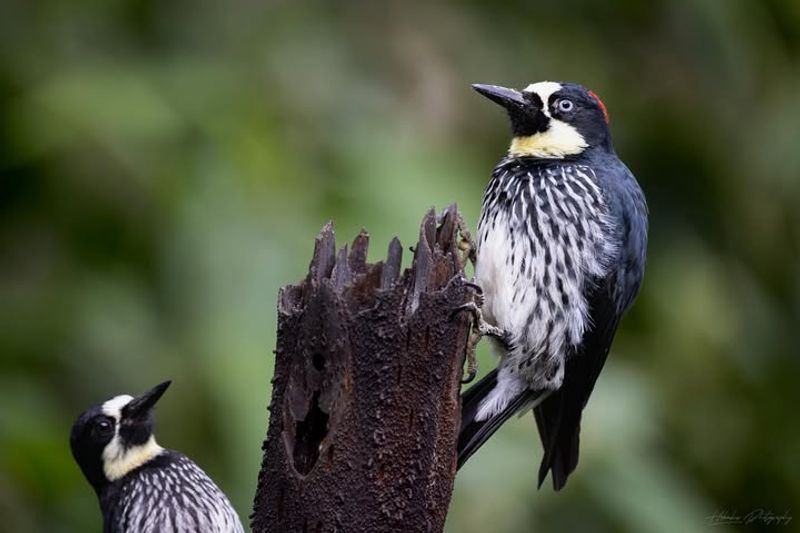
Known for its clownish appearance, the Acorn Woodpecker is a lively character. Its bold, colorful face and habit of storing acorns in tree holes make it unique.
Living in family groups, these birds are social creatures, often found chattering away in oak woodlands.
Their storage habits provide not just a food source but also a spectacle for those lucky enough to witness their antics.
7. Black-Backed Woodpecker
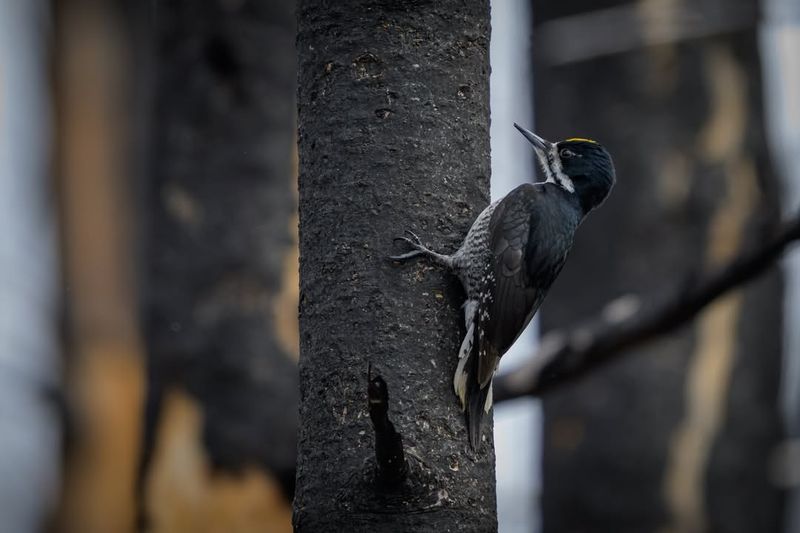
The Black-backed Woodpecker thrives in the aftermath of forest fires, adapting well to charred landscapes. Its name comes from its distinctive black back, making it less visible against burnt trees.
Feeding on beetles and other insects that infest dead wood, it plays a crucial role in the ecosystem. Its presence is a sign of nature’s resilience and recovery after a fire.
8. White-Headed Woodpecker
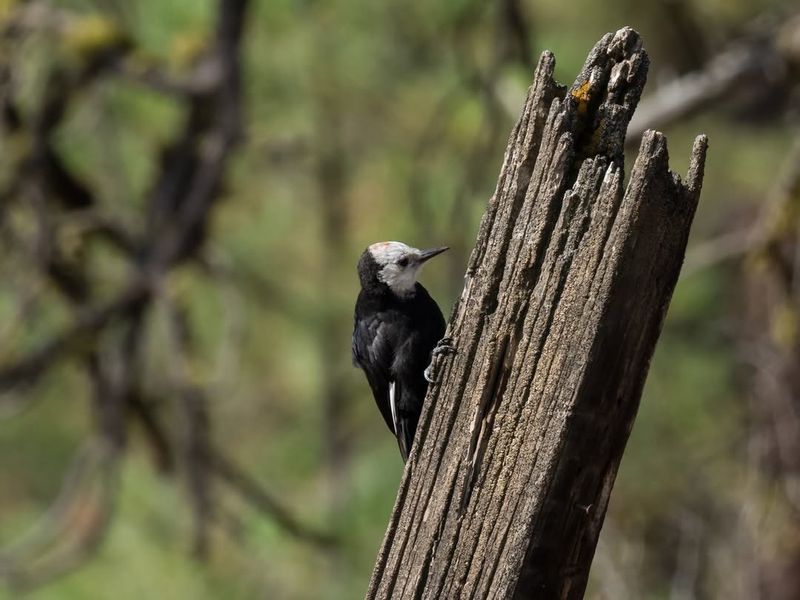
With its stark white head and dark body, the White-headed Woodpecker is a striking sight. Found in pine forests of the western United States, it’s a specialist in extracting seeds from cones.
Its quiet demeanor contrasts with its bold appearance, often seen methodically pecking away at pine cones. This bird is a delightful discovery for those exploring mountain terrains.
9. Red-Headed Woodpecker
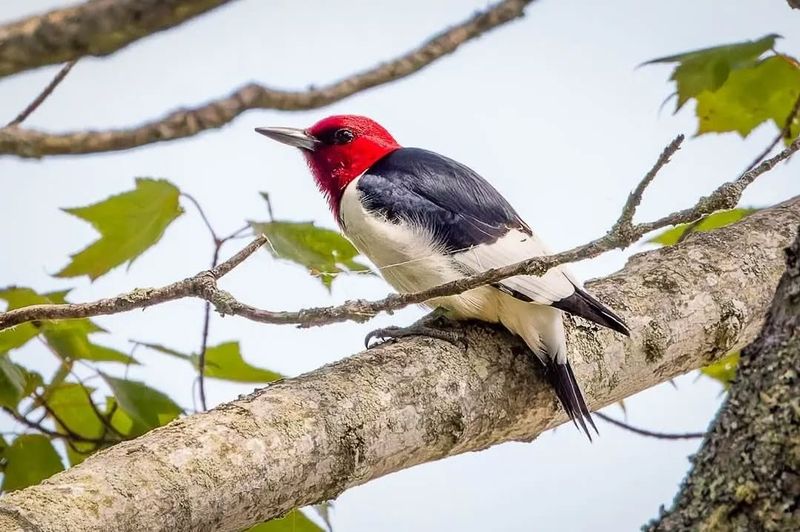
A true visual treat, the Red-headed Woodpecker’s entire head is a vivid red, contrasting sharply with its white body and black wings. Known for its acrobatic fly-catching skills, it’s a lively addition to open woodlands and fields.
Its taste for insects, nuts, and berries keeps it busy, as it flits gracefully from tree to tree, a true performer in the avian world.
10. Gila Woodpecker
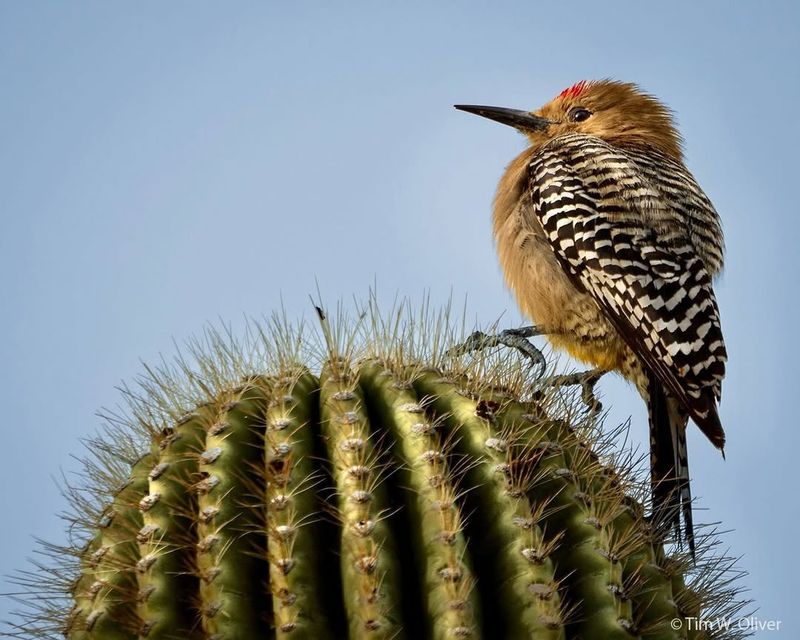
Resilient and resourceful, the Gila Woodpecker thrives in desert landscapes. Its unique choice of nesting in saguaro cacti sets it apart.
With a golden-brown body and a distinctive black and white barred back, it’s a charming sight. This bird’s love for the arid climate makes it a year-round resident in southwestern deserts, adding life and color to the stark environment.
11. Yellow-Bellied Sapsucker
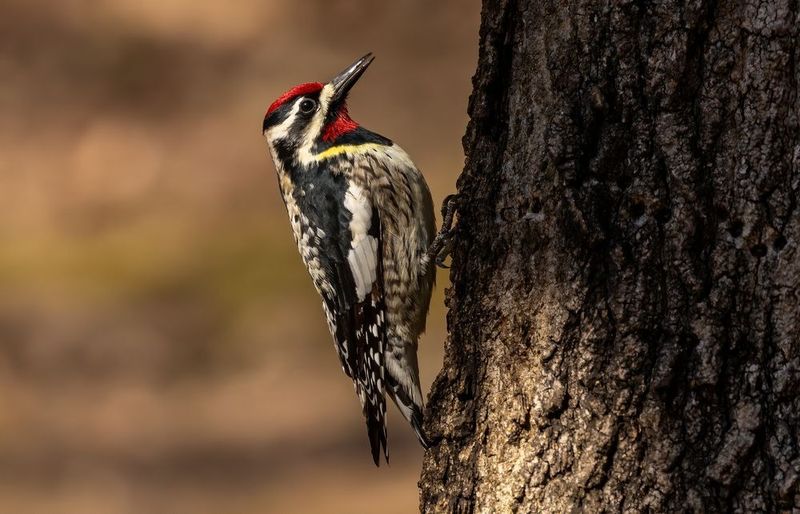
The Yellow-bellied Sapsucker is a tree-tapping virtuoso, known for drilling neat rows of holes to access sap. Its role in the forest ecosystem is vital, benefiting both itself and other species.
With a subtle yellowish belly and a rhythmic tapping sound, it’s an intriguing bird to observe. Spotting it can be a highlight for those venturing into deciduous forests during migration seasons.
12. Great Spotted Woodpecker
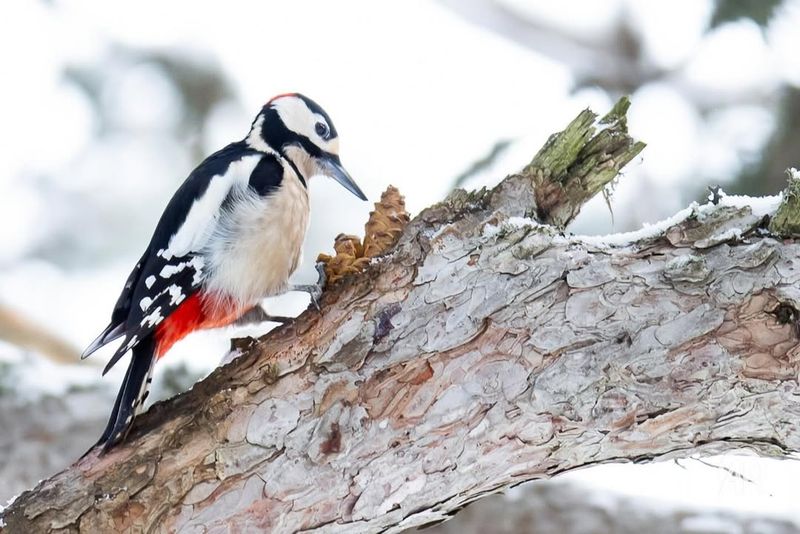
The Great Spotted Woodpecker, a common sight across Europe, is famous for its rhythmic drumming and striking plumage. Its bold black and white markings are complemented by a vibrant red patch beneath its tail.
This adaptable bird thrives in woodlands and urban parks alike. Its diverse diet includes insects, seeds, and nuts, making it a versatile feeder and a favorite among European bird watchers.
13. Ladder-Backed Woodpecker

Named for the ladder-like black bars on its back, the Ladder-backed Woodpecker is a desert dweller. Its adaptability to arid regions showcases its resilience.
Often spotted on cactus and mesquite, it diligently searches for insects to feed on. Its small size and nimble movements make it a delightful bird to observe in the challenging desert environment.
14. Lewis’s Woodpecker
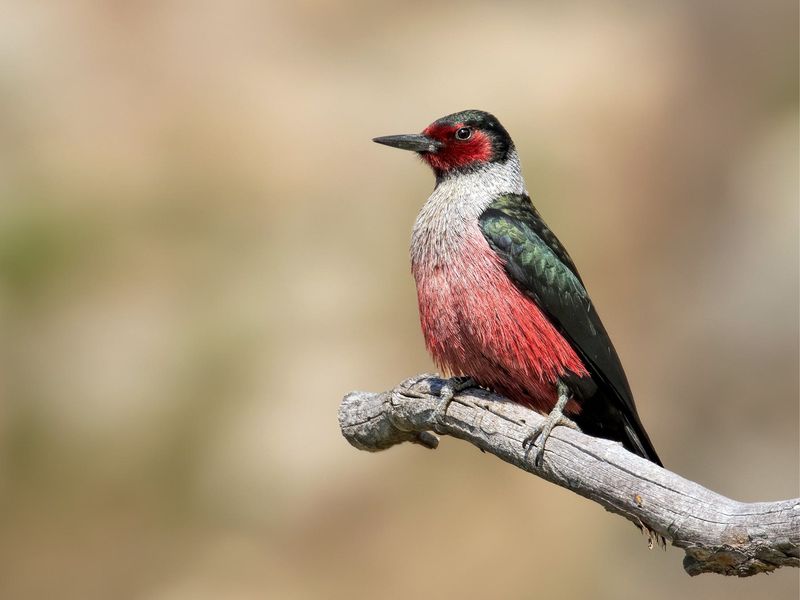
Lewis’s Woodpecker stands out with its metallic green back and pinkish belly, a visual delight in open woodlands and grasslands. Unlike its relatives, it catches insects mid-air, showcasing agility.
Named after explorer Meriwether Lewis, this woodpecker’s elegance captivates bird lovers. Its preference for open spaces makes it a frequent sight in western North America, a testament to its adaptability and charm.
15. Three-Toed Woodpecker
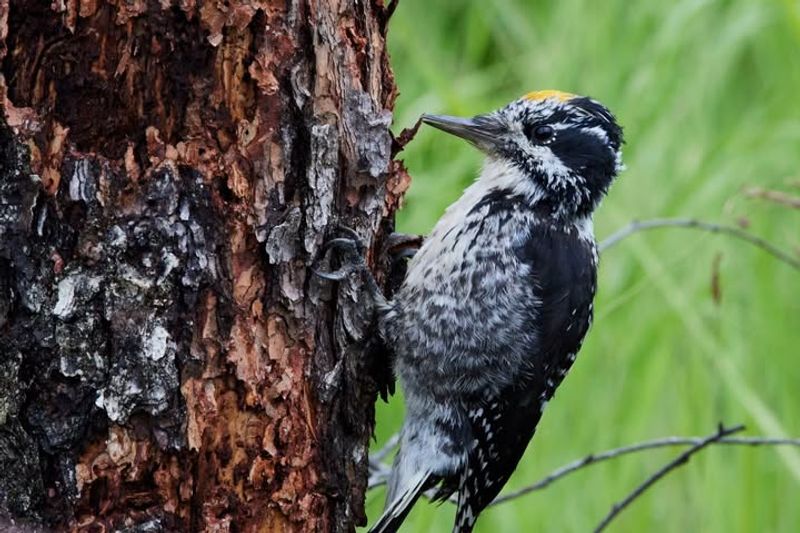
The Three-toed Woodpecker is a master of cold, boreal forests. Its unique adaptation includes an extra toe that aids in stability while climbing.
Feeding on insects beneath bark, it plays a crucial role in forest health. Its subtle black and white plumage allows it to blend seamlessly into snowy environments, making it a challenging yet rewarding find for dedicated birders.
16. Ivory-Billed Woodpecker
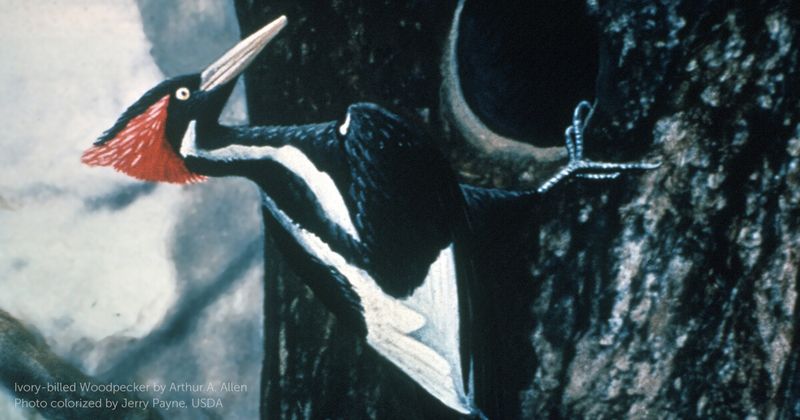
Often called the “Holy Grail” of bird watching, the Ivory-billed Woodpecker is shrouded in mystery. With its striking ivory bill and large size, it was thought extinct but occasional sightings spark hope.
This elusive bird once thrived in southeastern US swamps. Protecting and preserving its habitat remains a priority for conservationists, as its presence is a symbol of hope and resilience.
17. Green Woodpecker
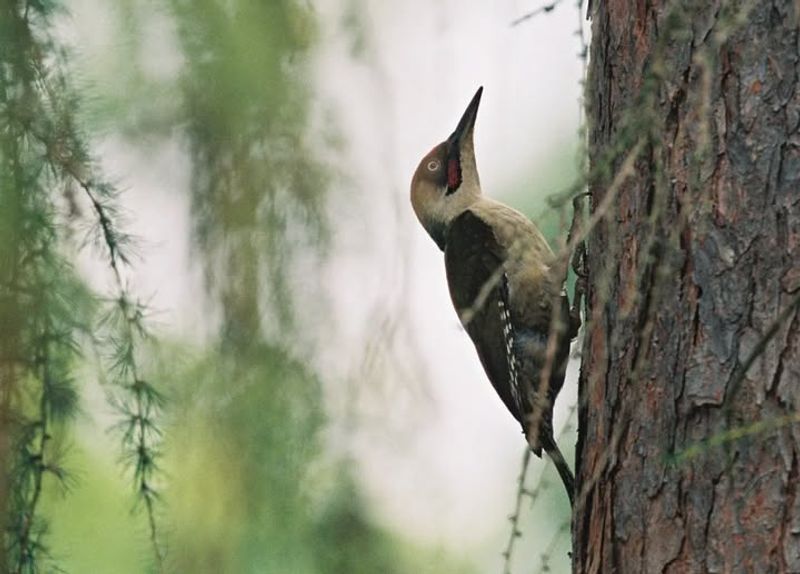
The Green Woodpecker, known for its laughing call, is a vibrant resident of European gardens and woodlands.
Its vivid green feathers and red crown make it unmistakable. Feeding primarily on ants, it can often be seen foraging on the ground.
Its lively presence and distinct vocalizations add a touch of joy to the serene landscapes it inhabits, delighting bird enthusiasts.



